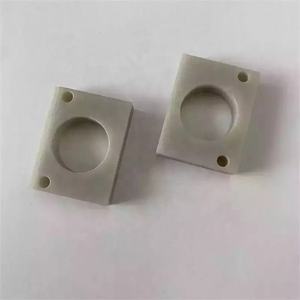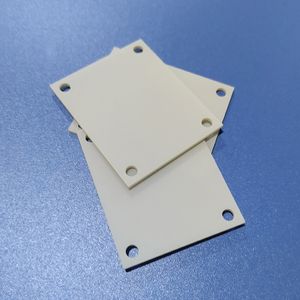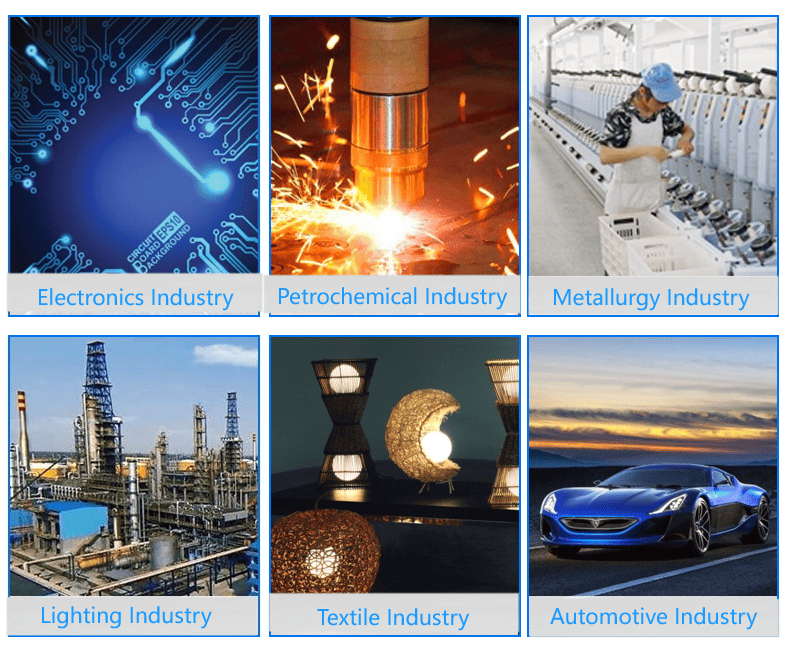Discover Premium Ceramic Products | Durability & Elegance United | Advanced Ceramics
PRODUCT PARAMETERS
Description
Overview of 0.385mm 0.5mm 0.635mm 0.8mm 1mm 1.5mm 2mm 3mm Aln Aluminum Nitride Ceramic Substrate / Plate / Sheet
Aluminum Nitride Ceramic is an advanced ceramic material with aluminum nitride as the main component. It has been widely used in electronics, optics, and mechanics due to its unique properties.
Features of 0.385mm 0.5mm 0.635mm 0.8mm 1mm 1.5mm 2mm 3mm Aln Aluminum Nitride Ceramic Substrate / Plate / Sheet
High thermal conductivity: Aluminum nitride ceramics have relatively high thermal conductivity, usually between 170-260 W/m·K, which makes it an excellent heat dissipation material. It is especially suitable for electronic devices that require efficient heat dissipation, such as substrate materials for power semiconductor devices.
Good electrical insulation: Despite its high thermal conductivity, aluminum nitride ceramics are excellent insulators of electricity, which can effectively prevent current leakage and ensure the safe operation of electronic components.
Low dielectric constant and dielectric loss: These characteristics make aluminum nitride ceramics very suitable for use in high-frequency circuits because it can reduce energy loss during signal transmission.
High temperature resistance: Aluminum nitride ceramics can maintain structural stability and strength at extremely high temperatures. Its melting point is about 2800°C, so it is suitable for applications in high temperature environments.
Low thermal expansion coefficient: Compared with semiconductor materials such as silicon, aluminum nitride has a lower thermal expansion coefficient, which means it has better dimensional stability when the temperature changes, which helps improve packaging reliability.
Corrosion resistance: Aluminum nitride ceramics have good chemical stability to most molten metals and are not easily oxidized or corroded, allowing them to perform well in harsh environments.
High mechanical strength: Although not as hard as some other types of ceramic materials, aluminum nitride ceramics still provide enough mechanical strength to allow them to be used in many structural applications.
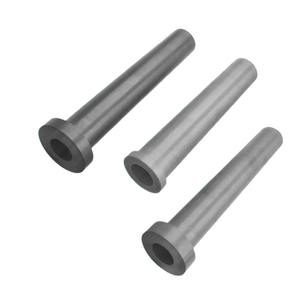
(0.385mm 0.5mm 0.635mm 0.8mm 1mm 1.5mm 2mm 3mm Aln Aluminum Nitride Ceramic Substrate / Plate / Sheet)
Specifications of 0.385mm 0.5mm 0.635mm 0.8mm 1mm 1.5mm 2mm 3mm Aln Aluminum Nitride Ceramic Substrate / Plate / Sheet
Aluminum nitride ceramic substrates are excellent materials for demanding electronics. They handle heat very well. This keeps sensitive components cool. They also insulate electrically. This prevents short circuits. They are strong mechanically. They resist wear over time. We offer several standard thicknesses to suit different needs.
Choose 0.385mm thickness for very thin, lightweight designs. It works well in tight spaces. Pick 0.5mm thickness for a good balance of thinness and strength. It is a common choice for many circuits. The 0.635mm thickness provides extra durability. It offers more support for components. Go for 0.8mm thickness for increased mechanical stability. It handles higher power loads reliably.
The 1mm thickness is a popular standard. It delivers robust performance for power modules. Use 1.5mm thickness for even greater strength and heat spreading. It suits tougher environments. The 2mm thickness offers maximum rigidity. It is ideal for large components or high-vibration areas. Select 3mm thickness for the highest structural integrity. It handles extreme mechanical stress and heat.
All these substrates share key properties. Their thermal conductivity is high. Heat moves away from components fast. Their electrical insulation is excellent. Current stays where it should. They are very hard. They resist scratching and wear. They are stable over a wide temperature range. Performance doesn’t drop with heat or cold. They resist chemical attack well. They won’t corrode easily.
These plates are perfect for high-power electronics. Think LED lighting systems. Think power converters. Think laser diode mounts. They are vital in automotive electronics. They are used in aerospace systems. They are found in advanced communication devices. They provide a reliable base for circuits needing top thermal management and electrical isolation. The right thickness depends on your specific power level, space limits, and mechanical needs.
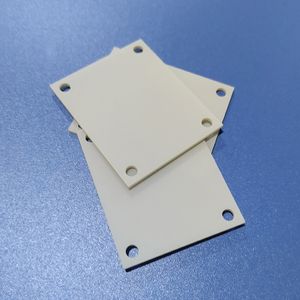
(0.385mm 0.5mm 0.635mm 0.8mm 1mm 1.5mm 2mm 3mm Aln Aluminum Nitride Ceramic Substrate / Plate / Sheet)
Applications of 0.385mm 0.5mm 0.635mm 0.8mm 1mm 1.5mm 2mm 3mm Aln Aluminum Nitride Ceramic Substrate / Plate / Sheet
Aluminum nitride ceramic substrates offer excellent heat control. They move heat away fast. This material also insulates electricity well. It works reliably in tough conditions. Different thicknesses serve specific needs. Thin substrates like 0.385mm suit tiny electronics. They fit inside small devices needing good heat flow. Think sensors or very small circuits. The 0.5mm thickness is common. It works well for many standard electronic parts. It handles heat effectively in tight spaces. Circuits use it for LED lights and power parts. The 0.635mm option provides a bit more strength. It handles more physical stress. This is good for modules needing extra durability. Consider automotive electronics or power converters. The 0.8mm thickness offers a solid base. It supports heavier components. It manages heat in power devices. Radio frequency systems often use this size. Moving to 1mm, the substrate handles more power. It suits high-power LED lights and laser diodes. It spreads heat effectively under bigger chips. The 1.5mm thickness is for robust applications. It copes with significant thermal stress. Power modules and industrial controls need this strength. It prevents warping from intense heat. The 2mm substrates are heavy-duty. They manage large heat loads. Think high-power electric vehicle systems or big power supplies. They provide a stable, strong platform. The thickest, 3mm, is for extreme conditions. It withstands massive thermal shock and mechanical force. Very high-power electronics use it. Radar systems and specialized power converters are examples. These AlN plates are non-toxic. They are safer than some other ceramics. They outperform alumina in heat transfer. Choose the thickness matching your device’s heat and power demands.
Company Introduction
Advanced Ceramics founded on October 17, 2014, is a high-tech enterprise committed to the research and development, production, processing, sales and technical services of ceramic relative materials and products.. Since its establishment in 2014, the company has been committed to providing customers with the best products and services, and has become a leader in the industry through continuous technological innovation and strict quality management.
Our products includes but not limited to Silicon carbide ceramic products, Boron Carbide Ceramic Products, Boron Nitride Ceramic Products, Silicon Carbide Ceramic Products, Silicon Nitride Ceramic Products, Zirconium Dioxide Ceramic Products, Quartz Products, etc. Please feel free to contact us.
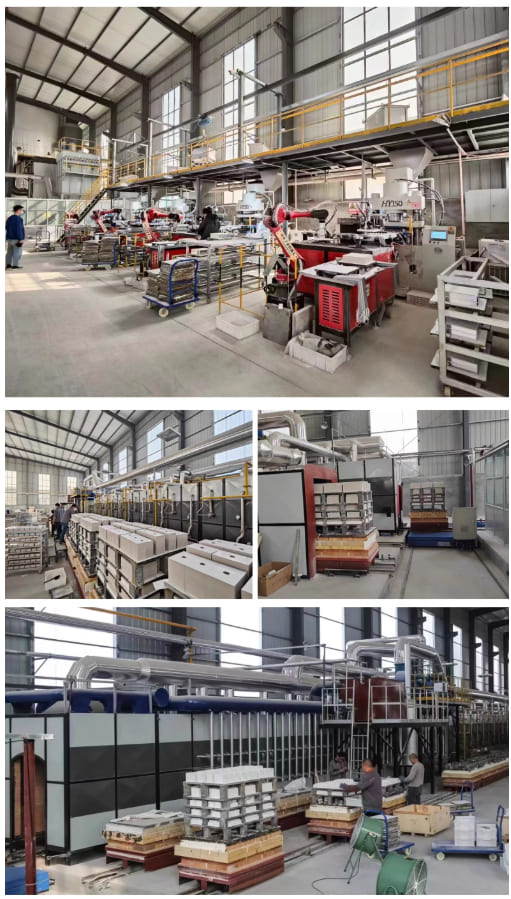
Payment Methods
T/T, Western Union, Paypal, Credit Card etc.
Shipment Methods
By air, by sea, by express, as customers request.
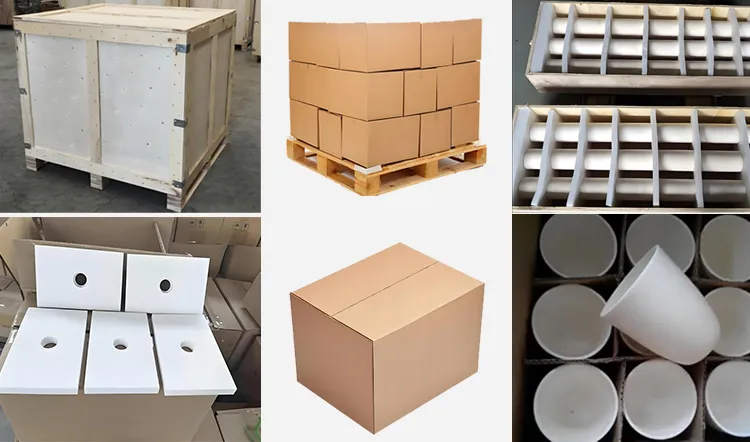
5 FAQs of 0.385mm 0.5mm 0.635mm 0.8mm 1mm 1.5mm 2mm 3mm Aln Aluminum Nitride Ceramic Substrate / Plate / Sheet
Here are common questions about our Aluminum Nitride (Aln) ceramic plates in thicknesses from 0.385mm to 3mm:
What are Aln ceramic plates mainly used for?
These plates handle extreme heat very well. They move heat away fast. This makes them perfect for high-power electronics. Think LED lighting, power modules, and semiconductor bases. They insulate electrically too. This matters.
Why choose Aln over other ceramics like alumina?
Aln moves heat much better. Its thermal conductivity is significantly higher. This is critical for devices generating lots of heat. Aln also matches silicon’s expansion rate better. This reduces stress failures in electronic packages. Aln is stronger mechanically than some alternatives.
Can I cut or machine these thin Aln plates myself?
Machining Aln is difficult. It’s very hard. Thin plates, especially below 0.5mm, are fragile. Cutting or drilling requires diamond tools. Laser cutting is possible for thinner sheets. We strongly recommend using our precision machining services. This avoids cracking your expensive material.
How do I pick the right thickness for my project?
Thickness depends on your needs. Thinner plates (0.385mm, 0.5mm, 0.635mm) suit very compact designs. They offer minimal thermal resistance. Thicker plates (0.8mm, 1mm, 1.5mm, 2mm, 3mm) provide better mechanical strength. They handle higher power levels more easily. Consider your voltage isolation requirements too. Thicker material withstands higher voltages.
Why is Aln ceramic more expensive?
The raw materials are costly. Producing high-purity Aluminum Nitride powder is complex. The sintering process needs very high temperatures in controlled atmospheres. Achieving consistent quality and high thermal conductivity demands precision. The result is a superior material. The performance justifies the cost for demanding applications.
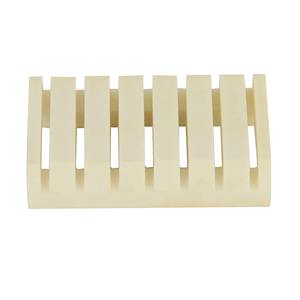
(0.385mm 0.5mm 0.635mm 0.8mm 1mm 1.5mm 2mm 3mm Aln Aluminum Nitride Ceramic Substrate / Plate / Sheet)
REQUEST A QUOTE
RELATED PRODUCTS
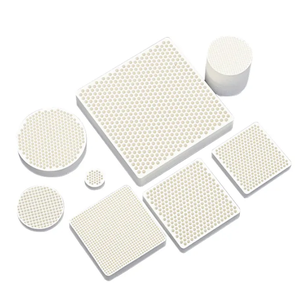
Light Grey Solid Customized 99.99 Ain Aluminum Nitride Ceramic Crucibles
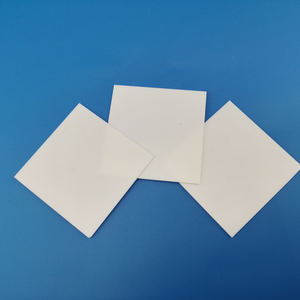
China Factory High Temperature Refractory Aln Ceramic Aluminum Nitride Tube
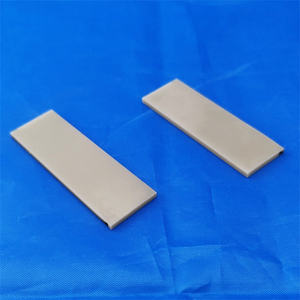
Customize Different Shape Aluminum Nitride Ceramic Parts
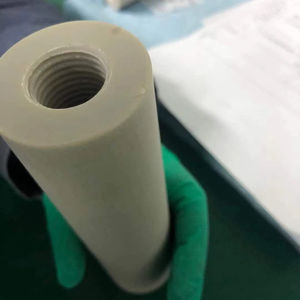
Premium Ceramics Product Ultrathin High Temperature Polished Aln Aluminum Nitride Ceramic Substrate Sheet
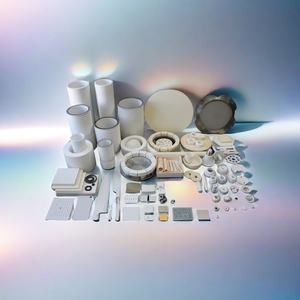
High Quality Customized Industrial Ain Aluminum Nitride Ceramic Electrical Insulation Materials
